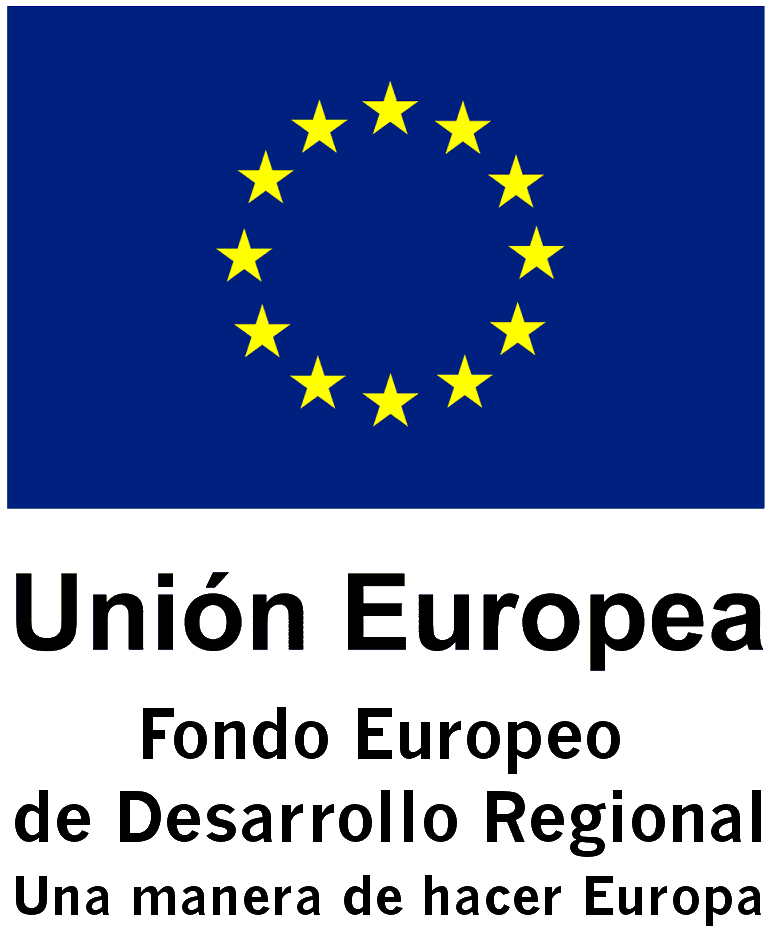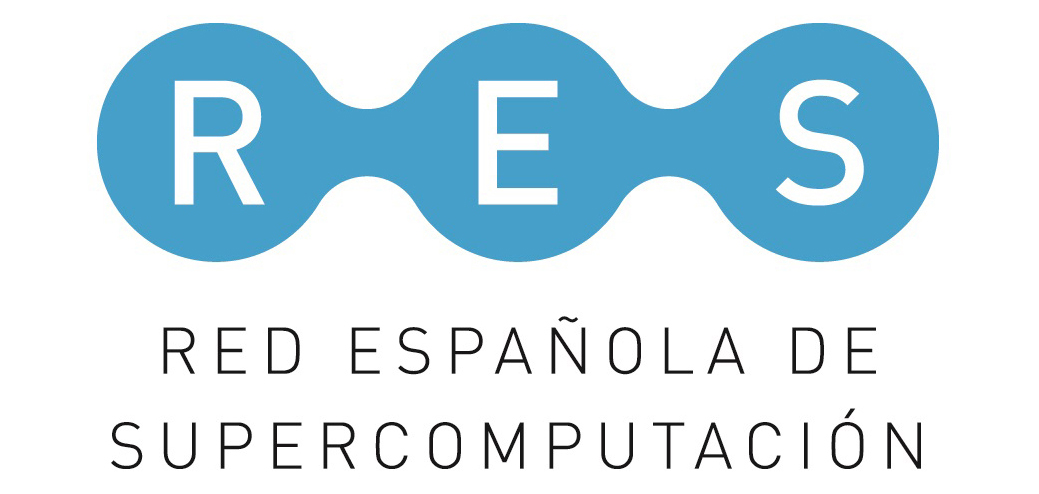Influence of the N−N Coligand: C−C Coupling Instead of Formation of Imidazol-2-yl Complexes at {Mo(η3‑allyl)(CO)2} Fragments. Theoretical and Experimental Studies
New N-methylimidazole (N-MeIm) complexes of the {Mo(η3-allyl)-(CO)2(N−N)} fragment have been prepared, in which the N,N-bidentate chelate ligand is a 2-pyridylimine. The addition of a strong base to the new compounds deprotonates the central CH group of the imidazole ligand and subsequently forms the C−C coupling product that results from the nucleophilic attack to the imine C atom. This reactivity contrasts with that previously found for the analogous 2,2′bipyridine compounds [Mo(η3-allyl)(CO)2-(bipy)(N-RIm)]OTf [N-RIm = N-MeIm, N-mesitylimidazole (N-MesIm, Mes=2,4,6-trimethylphenyl); OTf = trifluoromethanesulfonate) which afforded imidazol-2-yl complexes upon deprotonation. Density Functional Theory (DFT) computations uncover that the reactivity of the imine C atom along with its ability to delocalize electron density are responsible for the new reactivity pattern found for the kind of molybdenum complexes reported herein.
Influence of the N–N Coligand: C–C Coupling Instead of Formation of Imidazol-2-yl Complexes at {Mo(η3-allyl)(CO)2} Fragments. Theoretical and Experimental Studies
Andrea Cebollada, Maialen Espinal Viguri, Julio Pérez, Jesús Díaz, Ramón López, and Lucía Riera
Inorganic Chemistry 2015 54 (6), 2580-2590
DOI: 10.1021/ic502729z


